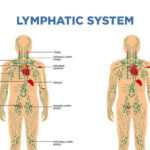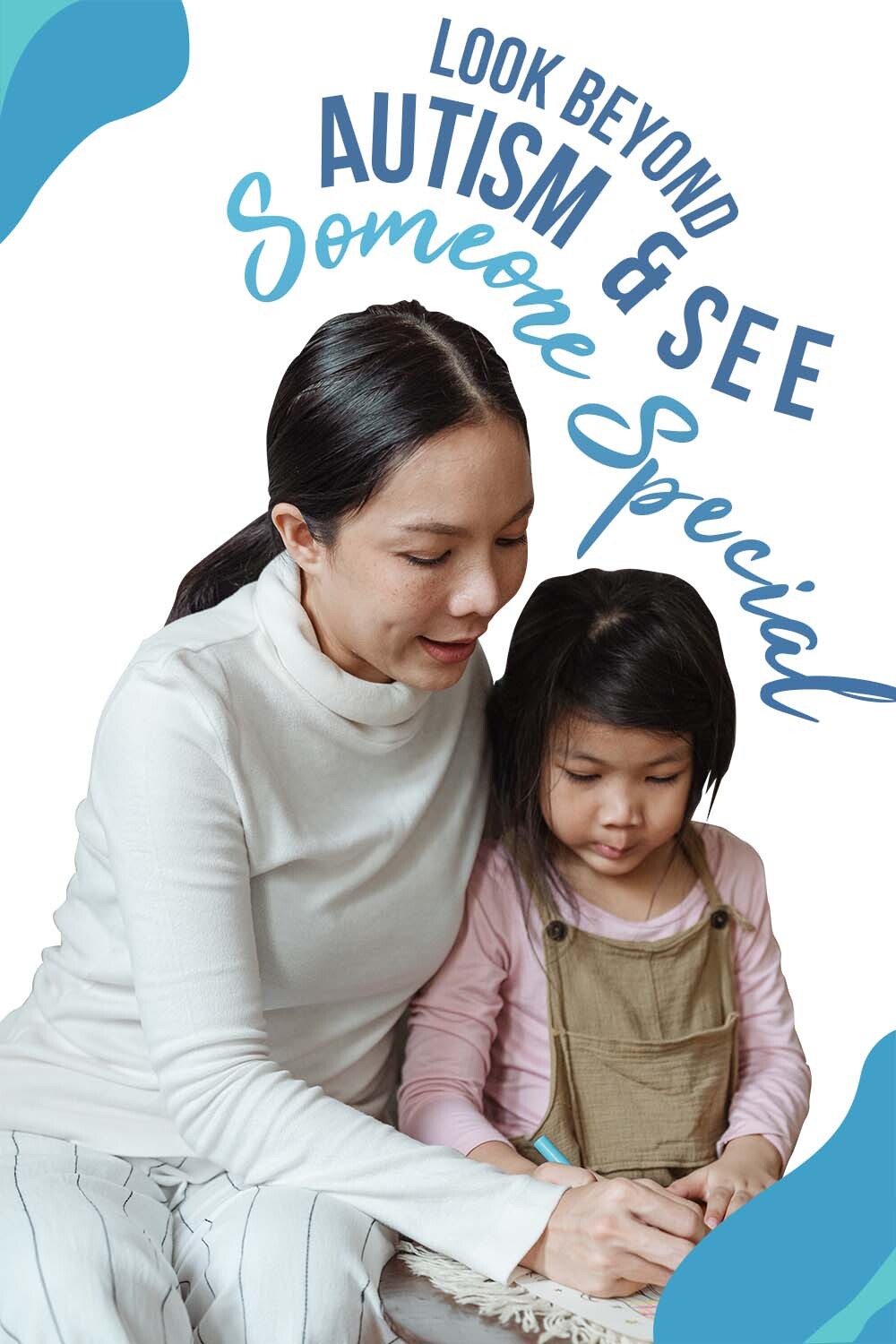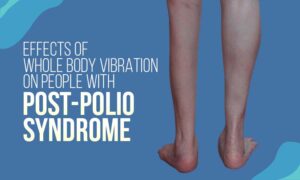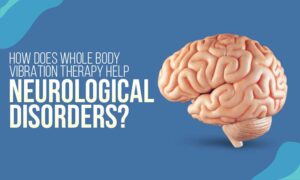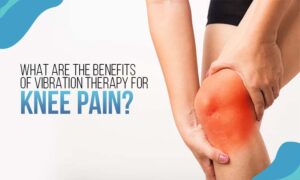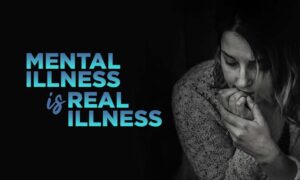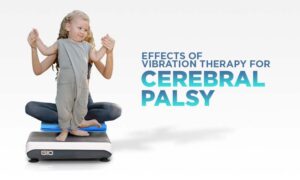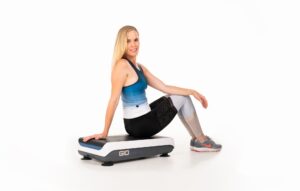The Promising Effects of Vibration Therapy for Autism
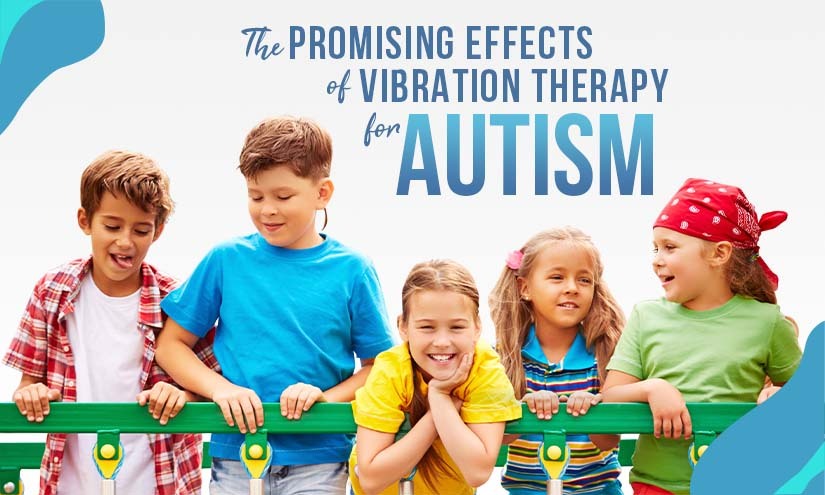
Autism is a neurodevelopmental condition that is characterized by disrupted coordination, poor balance, impaired movement, inadequate social skills, challenges with speech, and repetitive behavior. Commonly referred to as autism spectrum disorder (ASD), the condition has been found to affect 1 in every 44 kids in the USA. The impaired motor movement in people who suffer from autism often manifests in poor gait, clumsiness, and stereotypic mobility.
As of writing this article, scientists are not able to fully understand autism yet, especially the causes that lead to repetitive motor movements, like head-nodding. While there is no cure for the condition, researchers have discovered various methods for alleviating its symptoms. One of the latest additions in that matter is the use of vibration therapy for autism. In the following lines, we are going to explore the topic in greater detail.
What Type of Sensory Input is Vibration?
Vibration is a type of somatosensory input that stimulates the hearing and touch sensors of the body. Once the brain detects an external stimulus, it analyzes it, interprets the information, and sends a signal to the muscle tissue for a response. This sort of information transmission makes it possible for the human body to detect various sensory inputs coming from the outside and to respond adequately.
For that reason, vibration therapy (VT) has been found particularly beneficial, as the activity targets the somatosensory system of the body. Over the past decade or so, the subject has been studied extensively, and it has been established that vibration therapy for autism represents an effective means for tackling the symptoms of the condition.
In its true essence, vibration is a particularly strong type of sensory input to which people respond in quite a positive manner. The regular application of whole-body vibration (WBV) leads to the activation of the vestibular apparatus and stimulates the proprioceptive responses of the body, thus benefiting various areas of human health. That includes muscle tissue, bones, and the nervous system, among others.
The activity is performed on a body vibration machine that produces high-frequency vibrations in various ranges. And because the sensory input of every kid or adult is unique, the equipment can be adjusted to work accordingly. The vibration frequencies typically range between 5 – 40 Hz. As to the time requirements of the therapy, it is approximately 15 – 20 minutes a day, 3 – 4 days a week.
How does Vibration Therapy Work?
Vibration therapy is a type of physical activity that uses mechanical oscillations as a means of stimulating the body. The vibrations make muscles contract at a much higher rate (20 – 30 times faster), compared to conventional exercise. As a result, the body experiences numerous health benefits, both in physiological and psychological aspects.
According to scientific data, whole-body vibration has been linked to denser bones, stronger muscles, improved blood circulation, accelerated physical recovery, reduced overall body weight, and decreased stress levels, among others. Furthermore, VT has been found helpful in alleviating the symptoms of various neurological conditions, such as epilepsy, Alzheimer’s disease, Parkinson’s disease, and autism.
For instance, it has been established that vibration therapy helps reduce the repetitive hand tremor in people suffering from Parkinson’s disease, and increases the bone mineral density in children with impaired mobility. Additionally, scientists have discovered a positive effect of vibration therapy on autism.
When it comes to vibrations and their positive effects on human health, there are 2 main types, namely activatory and excitatory.
- Activatory vibrations (AVs) – these types of mechanical oscillations have been found to act directly on the muscle tissue by accelerating muscle fiber contraction. AVs target the proprioceptive system and are ideal for raising muscle tone and improving motor skills in children suffering from autism.
- Excitatory vibrations (EVs) – excitatory mechanical oscillations are ideal for kids with a lower arousal level. The vibrations increase the sensory input and keep children more alert. EVs work best when combined with activities that stimulate the vestibular system input.
Benefits of Vibration Therapy for Autism
As per evidence from several scientific studies, such as this one, autism vibration therapy has been found to positively affect people with the condition. The therapeutic intervention has shown positive results for reducing stereotypy in children, and for increasing tactile perception in adults. Scientists have tested various frequency levels, but the most beneficial ones turned out to be between the ranges of 5 – 40 Herz.
- Stereotypy – known also as stimming, stereotypy represents a type of repetitive movement (such as head-nodding, finger-tapping, or arm-flapping ), which is commonly observed in people with autism. According to scientists, this type of repetitive behavior has been linked with impaired psychological development in children. Following a sensory input intervention, such as vibration therapy, the stereotypic behavior has been reduced.
- Sensory processing difficulties – VT has been found to have a beneficial effect on kids with sensory processing difficulties. When using a body vibrating platform, individuals can be positioned either standing or sitting on the plate to make contact with the desired body area that needs to be worked on (legs, arms, or back). This way the machine delivers somatosensory stimuli directly to the target area, helping children with autism improve their sensations and to relax.
Is vibration good for autism?
Before answering this question it is worth mentioning that every person with autism experiences unique sensory, communication, and behavioral challenges. Furthermore, scientists have observed that autistic individuals respond to vibration therapy differently, meaning that some might find it less enjoyable. Therefore, every kid or adult with autism should receive individualized treatment, including vibration therapy.
Overall, VT has been found to positively affect autistic people, but some might find it less appealing than others. The therapy could be helpful in the following situations:
- Abnormal tactile sensitivity – it has been observed that people with autism experience abnormal tactile sensitivity response and higher pain responsiveness. According to scientific data, the regular application of VT leads to decreased pain sensitivity and relieves symptoms of tactile sensitivity.
- Stereotypic behavior-vibration therapy has been found helpful in alleviating the symptoms of stereotypy in individuals with autism. Scientists have tested the effect of the activity by subjecting participants to whole-body vibration with various duration and frequency bouts. The results have shown an overall positive correlation, however, it is worth reminding that they must not be considered as generalized, due to the unique circumstances of every autistic person.
- Gait speed and posture – recent investigations of the effect of vibration therapy in kids with cerebral palsy (CP) have revealed that the exercise helps improve gait speed, standing posture, and overall motor function. While the tests were carried out among children with CP, clinicians report that the condition shares some common motor function features with autism. Therefore, they have concluded that VT could be an effective intervention for relieving the symptoms of autistic individuals too.
Summary
Autism spectrum disorder is a neurological condition that affects the coordination, speech, motor movements, and social abilities of people. The disorder often manifests in clumsiness, stereotypy, and hyperactivity, among other symptoms. While a full understanding of the condition lacks, and currently there is no known treatment, scientists have discovered several useful methods for relieving its symptoms.
One of the latest discoveries in that area is vibration therapy – an activity that is performed on a vibrating platform. Over the past decade, the subject has been studied extensively, leading to some promising insights. So far, scientists have found VT helpful for decreasing stereotypic behavior, alleviating hyperactivity, increasing tactile sensitivity, and improving motor movement in people with autism. Hopefully, future studies will bring about more good news.
References (in order of appearance)
Bressel, E., Gibbons, M. W., & Samaha, A. (2011). Effect of whole-body vibration on stereotypy of young children with autism. BMJ case reports.





